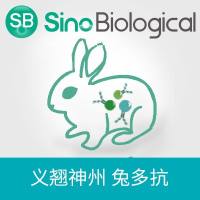Gene Transfer to Skeletal Muscle Using Herpes Simplex Virus-Based Vectors
互联网
712
Type 1 herpes simplex virus (HSV-1)-based vectors, which are naturally capable of carrying large DNA fragments like the 14 kb dystrophin cDNA, have been studied for their ability to transduce muscle cells (1 –5 ). These vectors can persist in the host cell in a nonintegrated state and can be prepared at adequately high titers (107 –109 PFU/mL). They also infect myoblasts, myotubes, and immature myofibers efficiently (1 –5 ). The major disadvantage of the first-generation HSV vectors is their relatively high cytotoxicity, which hampers long-term transgene expression. Second-generation mutants defective for multiple immediate early (IE) genes (e.g., ICP4, ICP22 , and ICP27 ) display substantially reduced cytotoxicity in vitro, which improves the duration of transgene expression (6 –11 ). In this chapter, we describe a new method of gene delivery using second-generation HSV-1 vectors. This procedure should enable an investigator to transduce normal mouse muscle cells, both in vitro and in vivo. We explain the conditions for muscle cell isolation, transduction in vitro and in vivo, and the technique for evaluating transduction efficiency (β-galactosidase; β-gal) using histology or the β-gal assay (ONPG) method.









